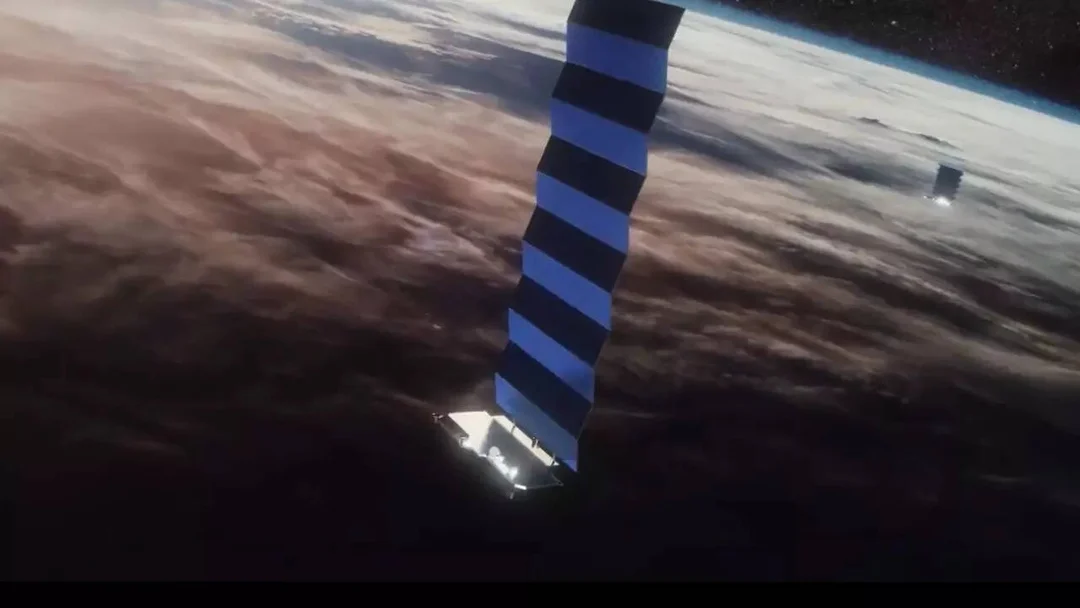
Solar Storms Accelerate Starlink Satellite Decay: A Looming Space Weather Crisis?
The sun, our life-giving star, is also a force capable of disrupting our technological infrastructure. Recent studies reveal a concerning trend: solar eruptions are significantly shortening the lifespan of SpaceX's Starlink satellites. This poses implications for the future of satellite constellations and the growing issue of space debris.
A NASA study led by Denny Oliveira at Goddard Space Flight Centre has highlighted the impact of geomagnetic storms on satellite drag. These storms, a consequence of the sun's 11-year activity cycle known as the solar maximum, heat Earth's atmosphere, causing it to swell and exert increased drag on satellites. The last solar maximum occurred in late 2024.

Oliveira's research demonstrates that geomagnetic storms can reduce a satellite's lifespan by up to 10 days. This acceleration is particularly noticeable with Starlink satellites, with over 7,000 currently in orbit and plans for tens of thousands more. Between 2020 and 2024, 523 Starlink satellites were tracked re-entering the atmosphere, a number projected to rise dramatically.
"We found that when we have geomagnetic storms, satellites re-enter faster than expected [without solar activity]," Oliveira stated, emphasizing the direct correlation between solar events and satellite decay.
While the rapid removal of defunct satellites might seem beneficial in clearing space debris, the issue is far more nuanced. Sean Elvidge at the University of Birmingham points out that this accelerated re-entry could limit the operation of satellites below 400 kilometers. Furthermore, the incomplete burning of satellites during re-entry raises environmental concerns.

In August 2024, a 2.5-kilogram fragment of a Starlink satellite landed on a farm in Saskatchewan, Canada, marking a confirmed instance of debris surviving re-entry. Environmental scientists warn of the potential accumulation of substances like aluminum oxide in the mesosphere, impacting atmospheric chemistry and climate control.
The increasing satellite population also elevates the risk of orbital collisions. Space agencies and industry leaders are urged to develop robust traffic management systems and incorporate space weather forecasts into operational planning to mitigate these risks.
The convergence of increased solar activity and massive satellite constellations presents challenges. Can the satellite industry adapt to the increasing strain that mother nature puts on satellites, and what long-term effects will this have on our planet's atmosphere? Share your thoughts and concerns in the comments below.